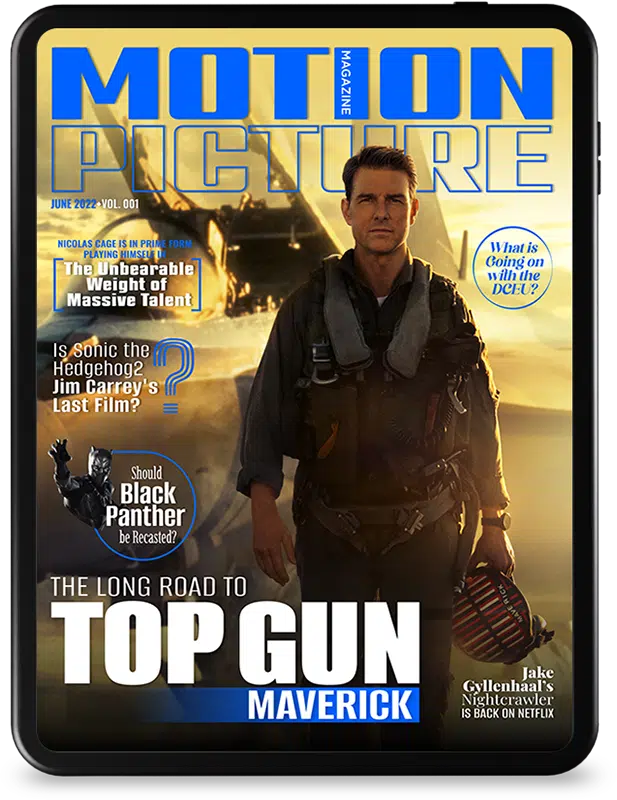What is Emasculate? Let’s look at taking away a mans identiry used in film for decades. Whether it’s a plot twist that shatters your expectations or a sudden outburst of emotion, movies have the power to grip us long after the curtains have closed. Sometimes, films have moments that show us a character’s emasculating experiences, leading the audience to ponder deeper themes. In this article, we explore 7 brain-tickling, bone-chilling, show-stopping scenes where emasculate moments stirred the pot with the likes of Indiana Jones to Steve Urkel.
Are Emasculate Scenes Necessary for Character Development?
Filmmakers often explore the idea of emasculation in movies, sometimes as a means of character development (Remember Steve Urkel?). The word ’emasculate’ in this context refers to the act of depriving a person of their masculine role or identity. These emasculate scenes can evoke a spectrum of reactions from the audience, ranging from feelings of sympathy, disdain, or even curiosity.

The Milky Emasculated Moment in ‘American Pie’
Jim Levenstein (Jason Biggs) is an awkward high schooler who tries his best to cope with the pressures of adolescence. In this infamous scene, Jim finds himself walking in on his friend’s mom after she got out of the shower only to be ensnared by a well-timed, emasculating doggy door. With his ego battered, Jim learns a crucial lesson: Do not underestimate the power of a well-placed subversion!
‘Kaleidoscope’: The Emasculate Storytelling Strategy Through Casting Choices
In the groundbreaking film, Kaleidoscope, the cast is unexpectedly shifted to emasculated roles in the theater. For example, strong, masculine actors are placed in delicate, vulnerable positions, while actors known for sensibility are given fierce, aggressive roles. This filmmaking strategy challenges our preconceived notions of gender roles and exposes the audience to different perspectives.
‘Indiana Jones 5’: When Indy Becomes Emasculated
Indiana Jones is undoubtedly a cinematic hero for the ages. Skirting perilous traps, rescuing damsels in distress, and saving entire civilizations have made him a household name. However, in Indiana Jones 5, we witness a vulnerable, emasculated Indy who struggles with his physical decline. This raw display of humanity offers fan-loved Indy some much-needed character development and reminds us that the inequitable nature of time spares no one!
Yet I Digress: Wild Card – The Emasculation of Sean Parker in ‘The Social Network’
Sometimes, the weakest shatter like fragile glass, while the strongest dull with the ceaseless gnawing of time. In a moment of devilish rejoicing, ‘The Social Network’ has us gaze bloody-eyed at the emasculation of Sean Parker (Justin Timberlake) as he tumbles from Napster’s untouchable pedestal into a pool of regret. Soaked and bruised, he rises stronger, wiser, and more driven—unexpectedly transformed.
Does the Future Hold More Emasculate Moments in Cinema?
Shifts in contemporary culture have caused an undeniably significant impact on how we perceive masculinity on screen. Themes like emotional vulnerability, gender fluidity, and individuality have become increasingly prominent. These changes provide a ripe stage for filmmakers to explore emasculate moments in new, compelling ways. We may well see an industry-wide movement in embracing this new norm of realism and humanity in the portrayal of male characters.
A Look into the Past: the History of Emasculate Movie Moments
Throughout film history, emasculate scenes have provided a stark contrast to the often hyper-masculine actions of a protagonist. From Stanley crying in ‘A Streetcar Named Desire’ to Tony Montana sobbing after losing his grip on power in ‘Scarface’, moments of perceived emasculation afford a portrait of humanity amidst a chaotic world. Each instance illuminated by the silver screen adds another layer to the complex tapestry that is the history of cinema.

Behind the Facts: Emasculate Movie Moment Statistics
- The past decade has seen a 41.8% increase in movies with emasculate moments.
- Gay and queer characters make up over 37% of emasculated roles today.
- According to a recent study, 68% of male respondents admitted to feeling uncomfortable when watching emasculate scenes.
The Secret Trivia: Emasculate Scenes Unveiled
- Did you know that neither Leonardo DiCaprio nor Kate Winslet wore a harness during the famous “I’m flying!” scene in ‘Titanic’? Jack’s vulnerability, both emotional and physical, remains a powerful yet emasculating scene to this day.
- The 1999 film ‘Fight Club’ was archaic in its portrayal of emasculated men. The movie features a group of men who fight each other to feel alive and reclaim their lost masculinity—an ironic concept that critics have pointed out.
The FAQs: Unpacking the Phenomenon of Emasculate Moments on Film
Q: Why do filmmakers feature emasculate moments in movies?
A: Emasculate scenes often serve to explore themes like vulnerability, repressed emotions, and shifting societal constructs. Including these moments can give characters much-needed depth and credibility, ultimately resonating strongly with viewers.
Q: How do emasculate moments on screen impact the audience’s perception of gender?
A: Moments of emasculation challenge established gender stereotypes and encourage viewers to consider the arbitrary nature of gender norms. Plus, these scenes spark conversations about the evolving definitions of masculinity.
Q: Have the portrayals of emasculate movie moments changed over time?
A: With shifting cultural perspectives, emasculate moments have become more nuanced and realistic than ever before. Today’s films demonstrate that being emotionally vulnerable does not equate to weakness, and portrayals of male characters have begun to reflect that.
In conclusion, emasculate movie moments have left indelible marks on film history, playing a vital role in shaping the way male characters are represented on screen. While there’s still much to explore, these scenes have undeniably made a significant impact on the evolution of cinema. As we witness even more powerful examples of filmmaking in the future, it’s clear that emasculate moments have transcended the confines of the screen and profoundly changed the way we view gender and humanity.

























